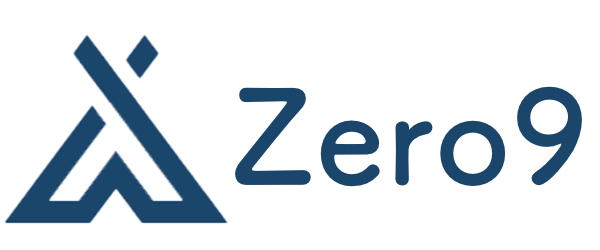Mastering Algorithms and Data Structures
If you’ve ever dabbled in programming or computer science, you’ve probably heard the terms "algorithms" and "data structures" thrown around a lot. They’re fundamental concepts that help programmers write efficient code and solve complex problems. But what do they really mean, and how can you get good at them?
What Are Algorithms?
An algorithm is basically a step-by-step set of instructions to solve a specific problem. Think of it as a recipe in cooking—you follow the steps methodically to get the final dish. In programming, an algorithm might be a method to sort a list of numbers, find the shortest route on a map, or search for a particular item in a collection.
Algorithms are everywhere: from how Google ranks web pages to how your GPS calculates your route. Writing good algorithms means your program runs faster and uses fewer resources.
What Are Data Structures?
Data structures, on the other hand, are ways to organize and store data so that you can access and modify it efficiently. Imagine organizing your books: you could pile them in one big stack, arrange them alphabetically on a shelf, or sort them by genre. Each method offers different benefits depending on what you want to do.
Common data structures include arrays, linked lists, stacks, queues, trees, and graphs. Each serves unique purposes. For example:
- Arrays let you store multiple items and access them quickly by their position.
- Linked lists allow for efficient insertions and deletions.
- Trees help represent hierarchical data like file systems.
- Graphs model relationships, like social networks or city maps.
Why Mastering These Matters
Understanding algorithms and data structures is crucial for writing efficient code. A well-chosen data structure can dramatically speed up a program, while a well-designed algorithm can solve problems that seem impossible otherwise.
For example, searching for an item in a large dataset can be slow if you scan every element (linear search), but if the data is sorted and you use a binary search algorithm, it becomes much faster.
How to Get Better at Algorithms and Data Structures
- Start with the basics: Learn common data structures like arrays, stacks, queues, linked lists, trees, and hash tables. Get comfortable with their characteristics and when to use them.
- Learn fundamental algorithms: Sorting (e.g., bubble sort, merge sort), searching (linear and binary), traversals (like depth-first and breadth-first for trees/graphs).
- Practice coding: Platforms like LeetCode, HackerRank, and Codeforces offer problems that help reinforce these concepts.
- Analyze complexity: Understand Big O notation to measure how your algorithm performs as the input grows.
- Read and learn from others: Look at solutions from other programmers and try to understand different approaches to the same problem.
- Apply to projects: Use data structures and algorithms in your own projects to see how they impact performance and design.
Resources to Explore
- Books: "Introduction to Algorithms" by Cormen et al. is a classic, although it can be dense for beginners. "Algorithms" by Robert Sedgewick is more approachable.
- Online courses: Websites like Coursera, edX, or Udacity offer great courses on this subject.
- YouTube: Channels like freeCodeCamp, CS50, and Tech With Tim have excellent tutorials.
- Coding challenges: Regularly solve algorithm problems on competitive programming platforms.
Mastering algorithms and data structures takes time and practice, but it’s worth the effort. They form the backbone of efficient programming and open the door to solving interesting and complex problems better than you thought possible.
